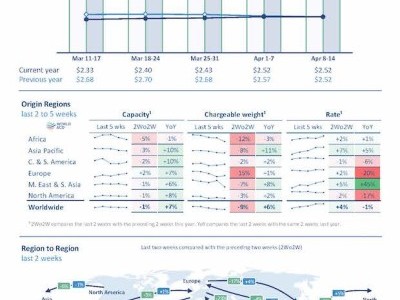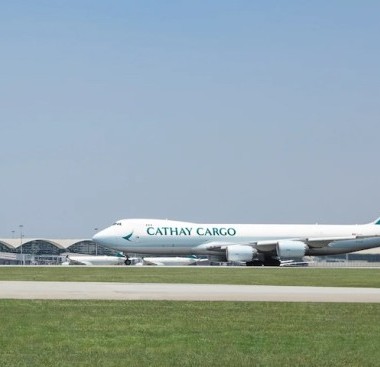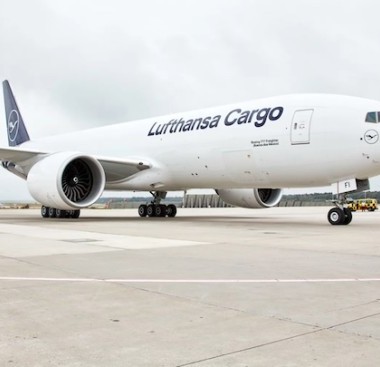Less U.S. jet fuel consumption on average in 2022 than in 2019
Dec 07, 2022
Average jet fuel consumption in the United States so far in 2022 has been consistently below 2019, although airline passenger counts in the United States have nearly returned to 2019 levels in recent months, based on Transportation Security Administration (TSA) reports. So far in 2022, jet fuel consumption has averaged 1.5 million barrels per day (b/d), according to weekly product supplied data reported in our Weekly Petroleum Status Report. By comparison, consumption of jet fuel in all of 2019 averaged 1.7 million b/d.
In 2020, U.S. jet fuel consumption fell significantly because of restricted air travel aimed at reducing the spread of COVID-19. As travel restrictions and other responses to the COVID-19 pandemic eased in the latter part of 2020 and especially into 2021, consumption of jet fuel gradually increased. In the second half of 2021, U.S. consumption grew to 1.5 million b/d and has remained at that level through 2022.
Jet fuel consumption has remained somewhat steady since July 2021, although passenger data from TSA suggest that the number of air passengers has grown closer to 2019 numbers throughout 2022. The increasing number of passengers and yet unchanging jet fuel demand may reflect airlines’ measures to ensure that flights are full. Constraints on labor supply, as well as high fuel prices, have led air carriers to consolidate flights despite growing passenger demand.
Even though relatively less jet fuel has been consumed in the United States this year than in 2019, supplies of jet fuel have remained tight in 2022, both globally and in the United States. So far this year, less jet fuel has been held in U.S. inventories than the previous five-year (2017–21) average. Tighter jet fuel supplies this year stem from a number of factors, including disruptions in global petroleum trade following Russia’s full-scale invasion of Ukraine, the associated sanctions on Russia, and less export of petroleum product from China.
This tighter balance between supply and demand has resulted in less jet fuel in inventories and in higher prices. During the spring, inventories decreased sharply after Russia’s invasion. In response to high prices during the summer, refiners made greater use of their facilities in order to maximize production of all liquid fuels, growing jet inventories to only slightly less than their previous five-year average. Less use of refineries in September and October, when refiners were undergoing seasonal maintenance, contributed to inventory levels dipping back below the previous five-year low during that time.
Similar Stories
Iraq says resuming Kurdish oil exports will ‘take some time’
Oil exports from Kurdistan to Turkey through a pipeline that’s been shut for more than a year will take longer to resume, a Iraqi government spokesman said.
View ArticleOil market sees Iran sanctions having muted impact on exports
Legislation pushing Joe Biden to ratchet up sanctions on Iranian crude oil is on track to become law as soon as this week. But don’t expect the president to fully…
View ArticleAFC joins $20 billion Morocco-to-UK subsea power export project
Africa Finance Corp. will join a group of companies developing a project to produce solar and wind power in Morocco and transmit it to the UK via undersea cables, Chief…
View Article
WorldACD Weekly Air Cargo Trends (week 15)
View Article
Woodland Group powers ahead with green energy solution
View ArticleEmirates needs time to clear flood backlog as Clark says sorry
Emirates said it will need “some more days” to clear the backlog of rebooked passengers and stranded bags after the worst rainfall in 75 years plunged Dubai into chaos last…
View ArticleGet the most up-to-date trending news!
SubscribeIndustry updates and weekly newsletter direct to your inbox!





